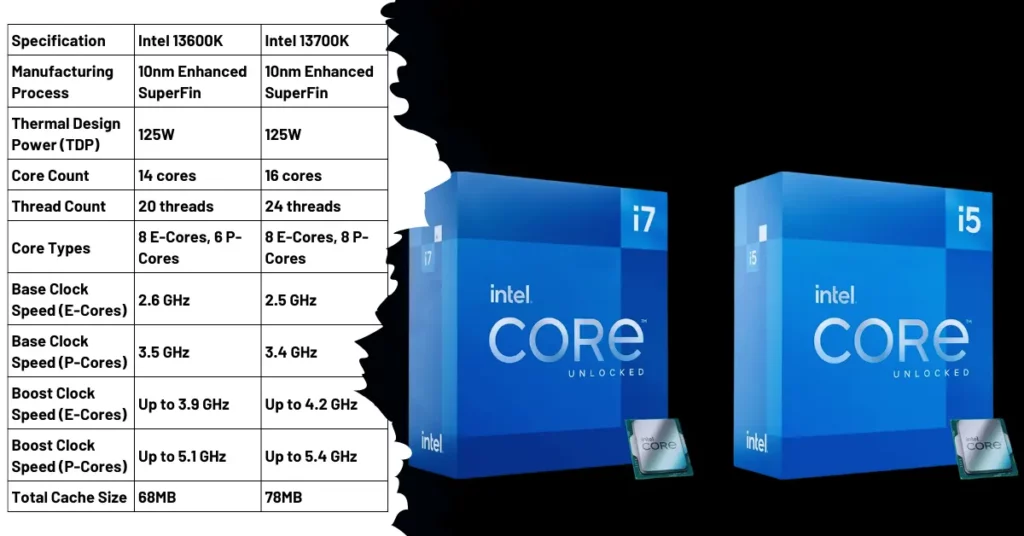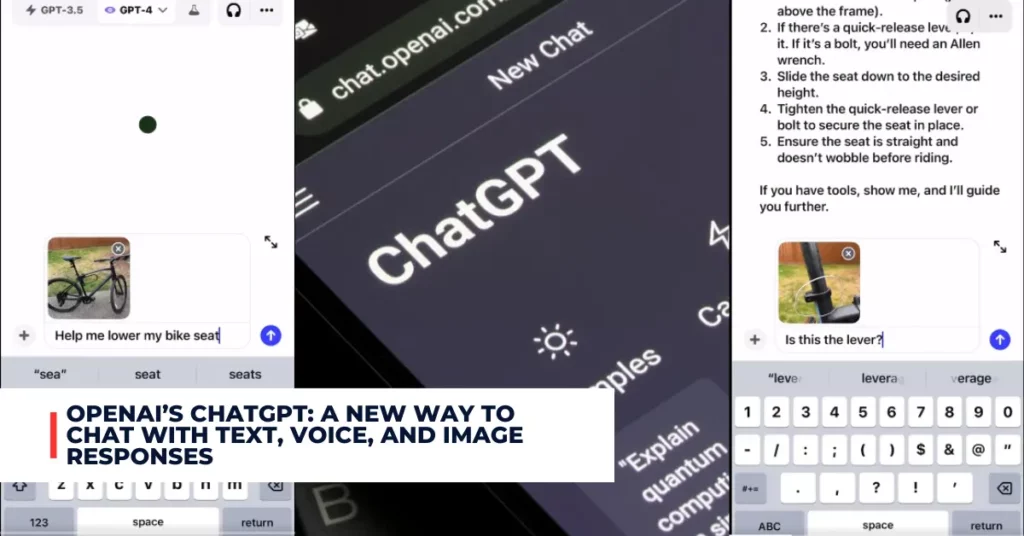Intel has announced its new 14th-generation Core-series desktop processors, codenamed Raptor Lake Refresh, that feature higher clock speeds, more cores, and improved connectivity. The new lineup includes six new processors at launch, with the flagship Core i9-14900K claiming to be the fastest desktop processor available. The new chips will be available from October 17.
Contents
What’s New in Raptor Lake Refresh?
The 14th-Gen Raptor Lake Refresh processors are based on the same architecture as the previous 13th-Gen Raptor Lake processors but with some enhancements and optimizations. The new chips use a newer revision of the ‘Intel 7’ process node, which allows them to achieve higher frequencies within the same power envelopes as the prior generation.
The new processors also feature up to 24 cores and 32 threads, with a mix of performance cores (P-cores) and efficiency cores (E-cores). The P-cores are designed for high-performance tasks such as gaming and content creation, while the E-cores are optimized for low-power and background tasks such as web browsing and multitasking.
The flagship Core i9-14900K has eight P-cores and 16 E-cores, with a base clock of 3.2 GHz a boost clock of up to 6.0 GHz on the P-core side, and a base clock of 2.4 GHz and a boost clock of up to 4.4 GHz on the E-core side. The chip also has a total of 68 MB of cache (32 MB L2 and 36 MB L3).
The Core i7-14700K has eight P-cores and 12 E-cores, with a base clock of 3.4 GHz and a boost clock of up to 5.6 GHz on the P-core side, and a base clock of 2.5 GHz and a boost clock of up to 4.3 GHz on the E-core side. The chip also has a total of 61 MB of cache (28 MB L2 and 33 MB L3).
The Core i5-14600K has six P-cores and eight E-cores, with a base clock of 3.5 GHz and a boost clock of up to 5.3 GHz on the P-core side, and a base clock of 2.6 GHz and a boost clock of up to 4.0 GHz on the E-core side. The chip also has a total of 44 MB of cache (20 MB L2 and 24 MB L3).
All three chips have a TDP of 125W and support both DDR4-3200 and DDR5-5600 memory. Intel also offers all three chips in graphics-less KF-series configurations for slightly less cash than their full-featured counterparts.
Core i9-14900K, i7-14700K, and i5-14600K on October 17:
Intel Launches 14th-Gen Raptor Lake Refresh: Core i9-14900K, i7-14700K, and i5-14600K on October 17 https://t.co/sQq7T1rmZK pic.twitter.com/LSw6h3btsP
— Tom’s Hardware (@tomshardware) October 16, 2023
How Do They Perform?
Intel claims that its new Raptor Lake Refresh processors deliver superior gaming and multitasking performance compared to its competitors, especially AMD’s Ryzen 7000X3D series which currently dominates the market.
According to Intel’s benchmarks, the Core i9-14900K is up to 23% faster than AMD’s Ryzen 9 7950X3D while playing Starfield in 1080p, and achieved over 100 fps in Total War: Warhammer III while playing, streaming, and recording in 1080p with ultra graphics settings. Intel says that the Core i9-14900K reasserts its gaming lead over AMD’s flagship processor.
Intel also says that the Core i9-14900K is up to 54% faster while multitasking between After Effects and Premiere Pro compared to Ryzen 9 7950X3D. Intel says that the new optimizations give the 14th-gen processors ‘mid-to-upper single-digit percentage gains across the board over its own prior-gen models.
What Else Is New?
Intel has introduced some new features in its Raptor Lake Refresh processors, such as:
- Thermal Velocity Boost: This feature allows the processor to boost its frequency beyond its normal limits when there is sufficient thermal headroom. The Core i9-14900K can reach up to 6.0 GHz with this feature enabled.
- AI Overclocking: This feature uses artificial intelligence to automatically optimize the overclocking settings for each individual processor based on its characteristics and cooling system.
- Application Optimization: This feature allows the processor to dynamically adjust its frequency and power based on the workload type and user preferences.
- Thread Director: This feature allows the processor to intelligently assign threads to the appropriate cores based on their performance and efficiency requirements.
Check out some other new content we’ve published:
- Intel Arc A580: A New Mid-Range GPU for Gamers and Creators
- Intel Hints at Windows 12 Release in 2024: When Will It Be Available?
What About Connectivity?
The Raptor Lake Refresh processors have integrated support for Wi-Fi 6/6E and Bluetooth 5.3, and discrete support for new Wi-Fi 7 and Bluetooth 5.4 wireless technologies. The processors also support PCIe 5.0 and Thunderbolt 4 interfaces for faster data transfer and connectivity with external devices.
How Much Do They Cost?
The Raptor Lake Refresh processors have the same pricing as the previous generation, with the Core i9-14900K costing $589, the Core i7-14700K costing $409, and the Core i5-14600K costing $319. The KF-series models are slightly cheaper, with the Core i9-14900KF costing $564, the Core i7-14700KF costing $384, and the Core i5-14600KF costing $294.
The processors will be available at retail outlets and via OEM partner systems starting October 17. The locked non-K versions with lower TDPs are expected to arrive sometime around CES 2024 next year.

